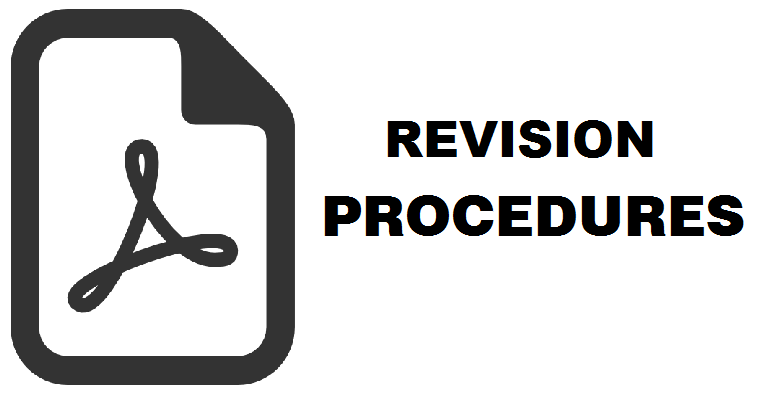Perbaikan Ergonomi Lingkungan Internal Perpustakaan Untuk Peningkatan Kenyamanan dan Performansi Kerja Pemustaka: Studi Kasus di Perpustakaan Jurusan Teknik Mesin dan Industri Fakultas Teknik UGM
Rita Yulianti(1*)
(1) Perpustakaan Fakultas Teknik UGM
(*) Corresponding Author
Abstract
The important factor to create conducive library room is to provide room with various conditions. Those conditions are sufficient lighting intensity, sufficient room temperature, low noise, ergonomic design facilities to support the learning condition for library user.
The goal of this research is to ergonomically evaluate library internal environment of Machine and Industrial Engineering Department at Engineering Faculty UGM. The evaluation consists of lighting, temperature, humidity, noise factor, working posture and comfort level of the library user. The result will show whether this library has provided comfort and ergonomic facilities for the library user to study.
The data collected shows: lighting condition, maximum lighting in the library is 149.9 lx which is below the recommended standard; the maximum temperature is 24.97˚C which is good; humidity level is 63-66% which is slightly above the standard; and the noise factor is below the Limit Value (70 dBA) namely 59.24 dBA. The library user working posture measures through three students with tall, average and small categories who working with notebook. The RULA analysis shows the tall student is at action level 6 which indicates the need for investigation and the reparation immediately. The average and small student shows action level 3 which indicates sustainable investigation and reparation possibility.
The questionnaire collected from 92 samples. The result shows 63.04% respondents choose high comfort, 26.09% respondent shows average comfort, while 10.87% choose low comfort of the library room.
Keywords
Full Text:
PDFReferences
Ajipribawa, Y. 2007. Evaluasi Ergonomi Lingkungan Internal Ruang Kuliah : Studi Kasus di R. M1, JTMI UGM Yogyakarta. (Skripsi). Jurusan Teknik Mesin dan Industri, FT UGM Yogyakarta.
Ghazali, I. 2001. Aplikasi Analisis Multivariate dengan Program SPSS. BP Undip, Semarang
Habsari, N.D. 1992. Bunga Rampai Hiperkes dan Keselamatan Kerja : Aspek Penerangan, kebisingan dan Getaran di Tempat Kerja dan Pengendaliannya. Surakarta : Tri Tunggal Tata Fajar.
Hartanto, I.D (dkk). 2003. Analisis Lingkungan Fisik dan Fasilitas Ruang Kelas FTI UAJY. Dalam Prosiding Ergonomi : Aplikasi Ergonomi Dalam Dunia Industri, Yogyakarta : Universitas Islam Indonesia.
Keputusan Menteri Tenaga Kerja No. KEP-51/MEN/1999. Nilai Ambang Batas Faktor Fisika di Tempat Kerja.
Lasa HS. 2005. Manajemen Perpustakaan. Yogyakarta : Gama Media.
McAtamney, L and Corlett, E.N. 1993. RULA : A Survey Method for the Investigation of Work-Related Upper Limb Disorders, Applied Ergonomics.
MetCalf, Keyes D. 1965. Planning Academic and Research Library Buildings. McGraw-Hill & ALA.
Nurmianto, Eko. 1998. Ergonomi : Konsep Dasar dan Aplikasinya. Surabaya : Guna Widya.
Riduwan dan Akdon. 2006. Rumus dan Data Dalam Aplikasi Statistik. Bandung : Alfabeta.
Sanders, M.S dan McCormic, E.J. 1987. Human Factors in Engineering and Design. New York : McGraw-Hill.
SNI 03-6197-2000. Konservasi Energi Pada Sistem Pencahayaan.
Trimo, S. 1986. Pengetahuan dasar Dalam Perencanaan Gedung Perpustakaan. Bandung : Angkasa. US Environment Protection Agency.
Wijoyo, W.H. 2008. Sekilas Tentang Pengembangan Koleksi Perpustakaan Perguruan Tinggi. http://widodo.staff.uns.ac.id/12/12/2008/ diakses tanggal 14 Juni 2011
Article Metrics
Refbacks
- There are currently no refbacks.
Copyright (c) 2015 Berkala Ilmu Perpustakaan dan Informasi

This work is licensed under a Creative Commons Attribution-ShareAlike 4.0 International License.











